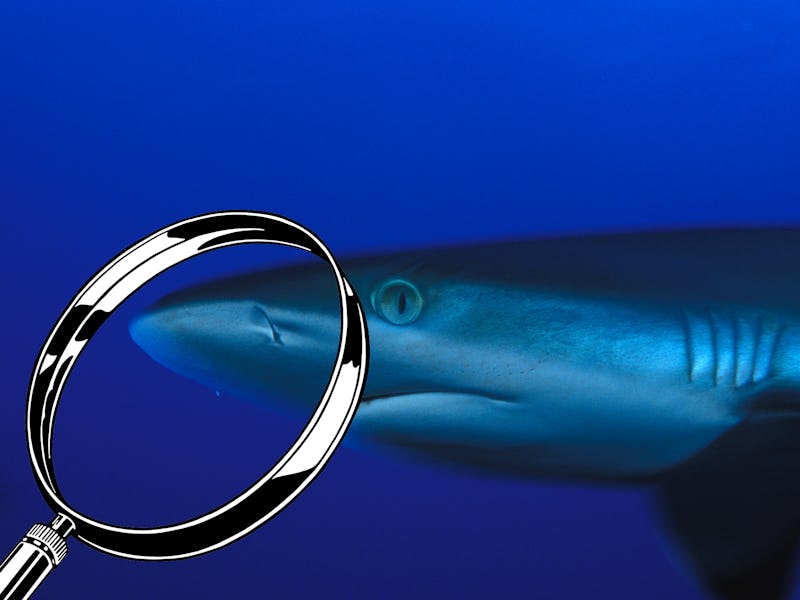How a 24-year-old mystery was solved by a shark tooth
This summer, a crack team of scientists used advanced DNA technology to solve a shark-attack cold case.

This summer, a crack team of scientists used advanced DNA technology to solve a shark-attack cold case. In 1994, a shark bit Jeff Weakley while he surfed off the coast of Florida — the bite left him with a tooth in his foot. The shark was never found. The mystery would have remained unsolved if it wasn’t for the victim and the tooth in his foot.
Twenty four years after the attack, Weakley read about a method to identify sharks that attack humans from DNA. The residual tooth could offer answers, he realized — and, after 24 years, Weakley managed to pull it out of his foot.
This is #14 on Inverse’s list of the 25 Most WTF science stories of 2019.
Armed with his newfound knowledge and the tooth, Weakley contacted Gavin Naylor, director of the Florida Program for Shark Research at the Florida Museum of Natural History. In 2018, Naylor used the DNA extracted from a tooth to identify the type of shark that bit a child off the coast of Fire Island, New York. Naylor was game to find out if he could identify Weakley’s shark too. The findings were published in July 2019 in Wilderness and Environmental Medicine.
“We all thought that because the tooth had been in Jeff’s body for so long that there was almost no chance of retrieving any of the shark’s DNA,” Naylor told Inverse at the time. “However, we also thought that it would be fun to try!”
It turned out to be a blacktip shark that attacked Weakley.
After cleaning the tooth fragment and scraping out its pulp, Naylor and his team extracted the DNA from the tooth, purified it, and sequenced it. Then they compared the sequences against a database of shark and ray genetic information, and hoped they got a match.
And they did: the Carcharhinus limbatus, more popularly known as the blacktip shark.
“The sequence perfectly matched that of the most abundant species off Flagler county where Jeff had been bitten 24 years earlier,” Naylor said.
As for Weakley, he found it “satisfying to learn the truth.”
As 2019 draws to a close, Inverse is counting down the 25 science stories from this year that made us say “WTF.” Some are incredible, some are icky, and some are just plain strange. This has been #14. Read the original article here*